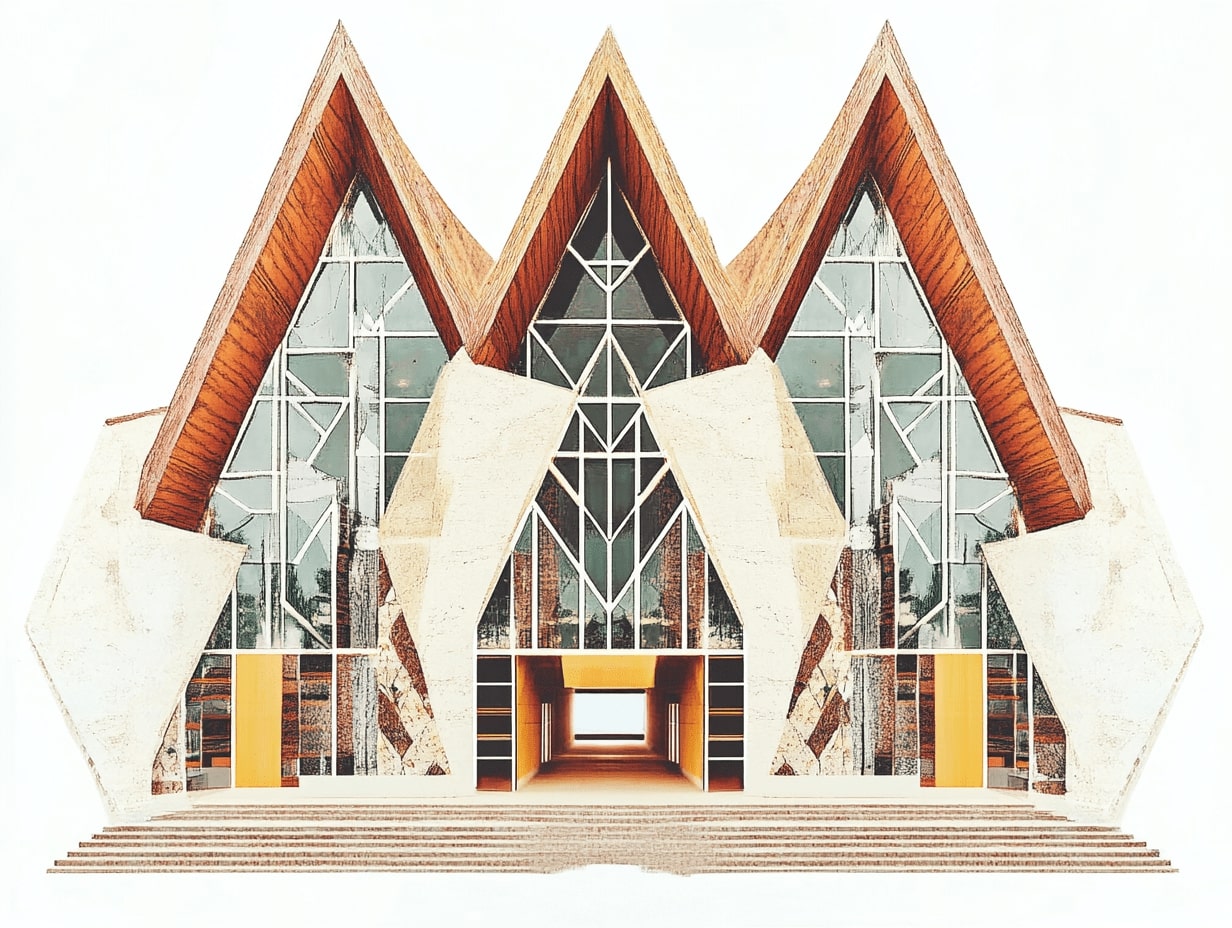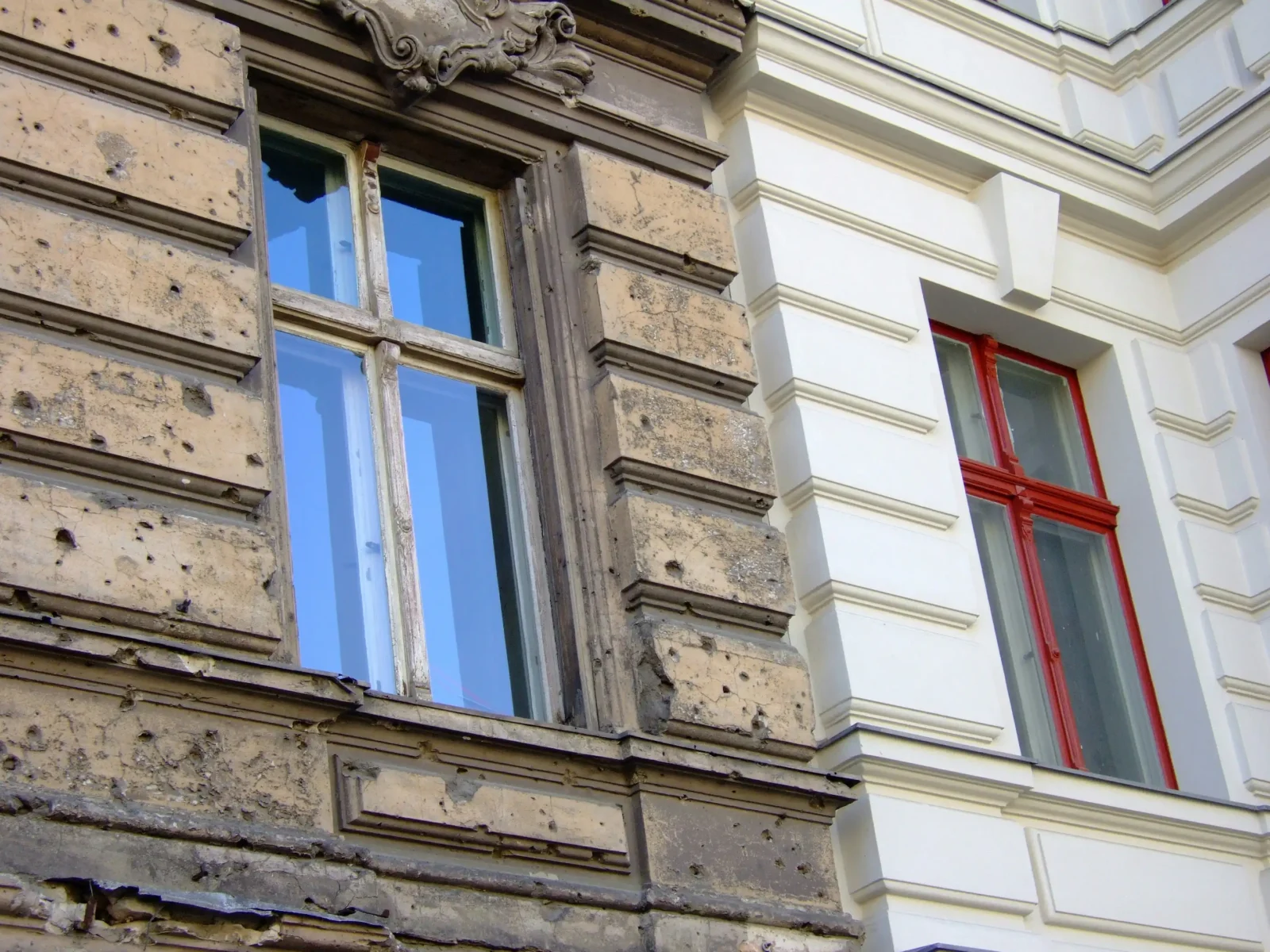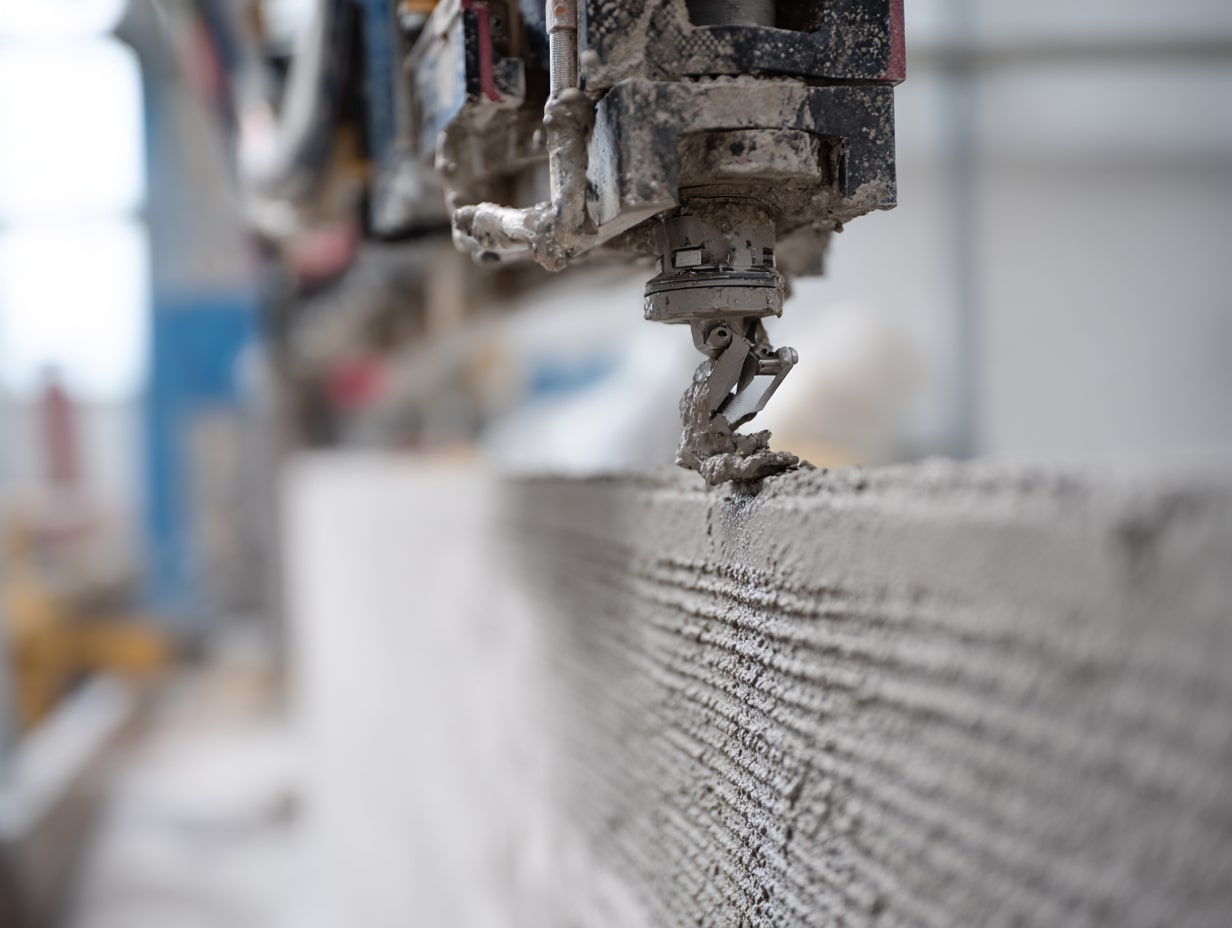- Home
- Articles
- Architectural Portfolio
- Architectral Presentation
- Inspirational Stories
- Architecture News
- Visualization
- BIM Industry
- Facade Design
- Parametric Design
- Career
- Landscape Architecture
- Construction
- Artificial Intelligence
- Sketching
- Design Softwares
- Diagrams
- Writing
- Architectural Tips
- Sustainability
- Courses
- Concept
- Technology
- History & Heritage
- Future of Architecture
- Guides & How-To
- Art & Culture
- Projects
- Interior Design
- Competitions
- Jobs
- Store
- Tools
- More
- Home
- Articles
- Architectural Portfolio
- Architectral Presentation
- Inspirational Stories
- Architecture News
- Visualization
- BIM Industry
- Facade Design
- Parametric Design
- Career
- Landscape Architecture
- Construction
- Artificial Intelligence
- Sketching
- Design Softwares
- Diagrams
- Writing
- Architectural Tips
- Sustainability
- Courses
- Concept
- Technology
- History & Heritage
- Future of Architecture
- Guides & How-To
- Art & Culture
- Projects
- Interior Design
- Competitions
- Jobs
- Store
- Tools
- More
Modern vs Traditional Architecture: Understanding Their Impact on Culture and Community
Discover the fascinating interplay between modern and traditional architecture in this insightful article. Explore how each style embodies cultural values and aspirations, contrasting modern minimalism with the ornate details of historical designs. Delve into the materials, influences, and regional variations that shape our built environment.

Architecture tells the story of our evolution, blending culture, technology, and art. As we navigate the fascinating landscape of modern vs traditional architecture, we find ourselves at a crossroads where history meets innovation. Each style offers unique insights into our values and aspirations, shaping not just our buildings but also our communities.
In this exploration, we’ll dive into the defining characteristics of both modern and traditional architecture. From the clean lines and open spaces of contemporary designs to the intricate details and historical significance of classical structures, we’ll uncover what makes each approach resonate with us. Join us as we examine the contrasts and connections that continue to influence the way we experience our built environment.

Table of Contents
ToggleOverview of Architecture Styles
Architecture styles encompass a broad spectrum of design principles that evolve over time. These styles reflect our society’s changing tastes and technological advancements. Understanding the fundamental characteristics of modern and traditional architecture provides insight into their unique identities.

Traditional Architecture
Traditional architecture features:
- Historical Influence: Traditional buildings draw inspiration from past cultures and historical contexts.
- Ornate Detailing: Decorative elements like moldings, carvings, and stained glass characterize these structures.
- Material Use: Natural materials such as wood, stone, and brick often construct these designs.
- Symmetry: Many traditional designs emphasize symmetry, creating visually pleasing balance.
- Cultural Significance: Traditional styles represent local heritage, often incorporating regional motifs and styles.
Modern Architecture
Modern architecture promotes:
- Minimalism: This style embraces a ‘less is more‘ philosophy, emphasizing simplicity and functionality.
- Innovative Materials: Modern designs often utilize steel, glass, and concrete to create bold statements.
- Open Spaces: Open floor plans and large windows enhance natural light and promote spaciousness.
- Sustainability: Many modern structures incorporate eco-friendly practices and materials.
- Abstract Forms: Unconventional shapes and lines redefine aesthetics, challenging traditional norms.
Both styles play significant roles in shaping our surroundings. The distinct characteristics of modern and traditional architecture contribute to a rich tapestry of built environments, reflecting our evolving identity as a society.
Characteristics of Modern Architecture
Modern architecture emphasizes simplicity, functionality, and a connection with the environment. Its design focuses on innovative solutions that reflect contemporary needs.

Design Principles
- Minimalism: We prioritize simplicity in design, stripping away unnecessary elements for a clean aesthetic.
- Functionality: We create spaces that serve specific purposes, ensuring usability directly influences design choices.
- Open Floor Plans: We favor open layouts that promote fluid movement and collaboration, blurring the lines between different areas of a space.
- Asymmetry: We embrace asymmetrical forms, allowing for creativity that departs from traditional symmetry while maintaining balance.
- Integration with Nature: We incorporate natural elements, such as large windows and terraces, to create a seamless transition between indoor and outdoor spaces.
Materials Used
- Steel: We use steel for its strength and versatility, allowing for expansive structures that defy traditional constraints.
- Glass: We favor glass as a primary material for facades, enhancing transparency and bringing natural light indoors.
- Concrete: We employ concrete for its durability and adaptability, enabling unique shapes and textures in our designs.
- Sustainable Materials: We focus on eco-friendly options, including recycled and renewable materials, to minimize environmental impact.
- Innovative Composites: We experiment with new materials, such as engineered wood and fiber-reinforced polymers, to enhance structural capabilities and reduce weight.
Characteristics of Traditional Architecture
Traditional architecture reflects the historical context and cultural significance of its time, often showcasing intricate details and established building methods. We can identify key attributes that distinguish traditional styles across various regions.

Historical Context
Traditional architecture emerges from historical influences, adapting to local climates, available materials, and cultural practices. Structures often embody local craftsmanship and construction techniques, revealing stories from the past. For instance, the use of thatched roofs in rural England highlights resource availability, while the intricate tile work in Mediterranean houses reflects artistic traditions. Each building stands as a testament to historical epochs, connecting us to our heritage and identity.
Regional Variations
Regional variations in traditional architecture illustrate the diverse cultural legacies around the world.
- Asian Influences: In Japan, wooden structures feature sliding doors and tatami mat flooring, emphasizing harmony with nature.
- European Styles: In Italy, Renaissance buildings exhibit classical symmetry and decorative columns, showcasing wealth and power.
- Native American Structures: Adobe constructions in the Southwest United States utilize local clay, blending with the landscape and climate.
- African Dwellings: Mud-brick homes in Sub-Saharan Africa employ traditional building techniques adapted for their environment.
Each style embodies local traditions and environmental considerations, enriching our understanding of architectural practices and reflecting the communities’ identities.
Key Differences Between Modern and Traditional Architecture
We examine the key differences defining modern and traditional architecture in terms of aesthetic appeal and functional considerations.

Aesthetic Appeal
Modern architecture features clean lines, open spaces, and minimalist designs that foster a sleek, uncluttered appearance. We appreciate the emphasis on form following function, where beauty emerges from simplicity. In contrast, traditional architecture showcases ornate details, intricate carvings, and symmetry that reflect historical influences and cultural significance. Examples like Gothic cathedrals with their pointed arches and Baroque structures with elaborate decorations highlight this aesthetic richness.
Functional Considerations
Modern architecture prioritizes functionality through open floor plans and innovative materials. We notice that space optimization allows for flexibility, catering to contemporary lifestyles. Sustainable practices often play a role, incorporating eco-friendly materials and technologies like solar panels. Traditional architecture, on the other hand, addresses local climates and cultural practices, with design elements that ensure comfort and durability. For instance, thick walls in adobe homes provide insulation against extreme temperatures, while vaulted ceilings in traditional Mediterranean homes enhance airflow. Each style distinctly contributes to its functional landscape, reflecting our evolving needs.
Conclusion
We recognize the distinct contributions of modern and traditional architecture to our built environment. Each style offers unique characteristics that reflect our cultural narratives and aspirations. Traditional architecture serves as a testament to our history, adorned with intricate designs that convey cultural significance and regional adaptation.
Modern architecture, conversely, embraces innovation and sustainability. It prioritizes minimalism, creating open spaces with functionality in mind. The use of contemporary materials not only enhances durability but also promotes a connection to the natural world.
Understanding this interplay between the two styles allows us to appreciate their individual merits and the broader context in which they exist. Both modern and traditional architecture shape our communities, influence our daily lives, and inspire future generations.
- architectural design impact
- architectural styles and culture
- architecture and community development
- architecture and cultural identity
- architecture and urban planning
- architecture history and culture
- architecture impact on culture
- architecture in cultural evolution
- community influence of architecture
- cultural impact of architecture
- impact of architecture on society
- Modern Architectural Design
- Modern Architecture
- modern vs traditional architecture
- sustainable architecture trends
- Traditional Architecture
I create and manage digital content for architecture-focused platforms, specializing in blog writing, short-form video editing, visual content production, and social media coordination. With a strong background in project and team management, I bring structure and creativity to every stage of content production. My skills in marketing, visual design, and strategic planning enable me to deliver impactful, brand-aligned results.
Submit your architectural projects
Follow these steps for submission your project. Submission FormLatest Posts
How Much Time Does It Take to Install Impact-Resistant Windows and Doors
Introduction Upgrading your home’s windows and doors can feel like a big...
How to Furnish Your New Home in 24 Hours (Without Picking Up a Screwdriver)
The keys have been handed over. The lease is signed. You are...
3D Printed Homes: Time, Cost, and What to Expect
3D printed homes explained: realistic timelines (24–72h walls, 8–16 weeks total), true...
How a Contact Centre Boosts Trust in Your Building Business
In construction, trust is the glue that holds projects together. Clients need...












Leave a comment